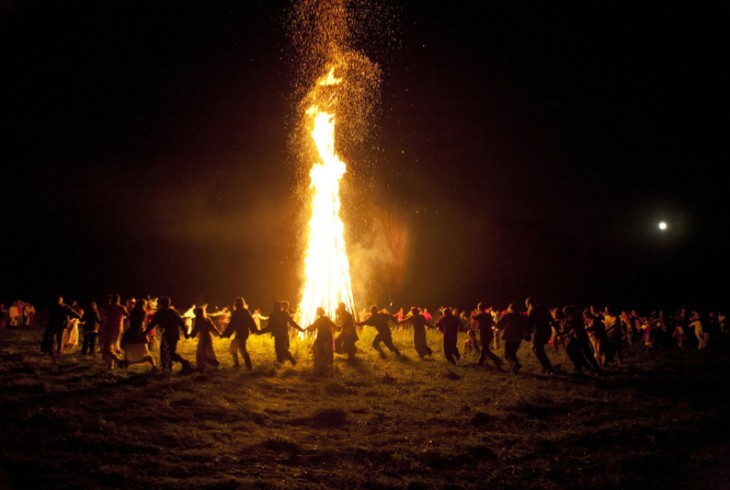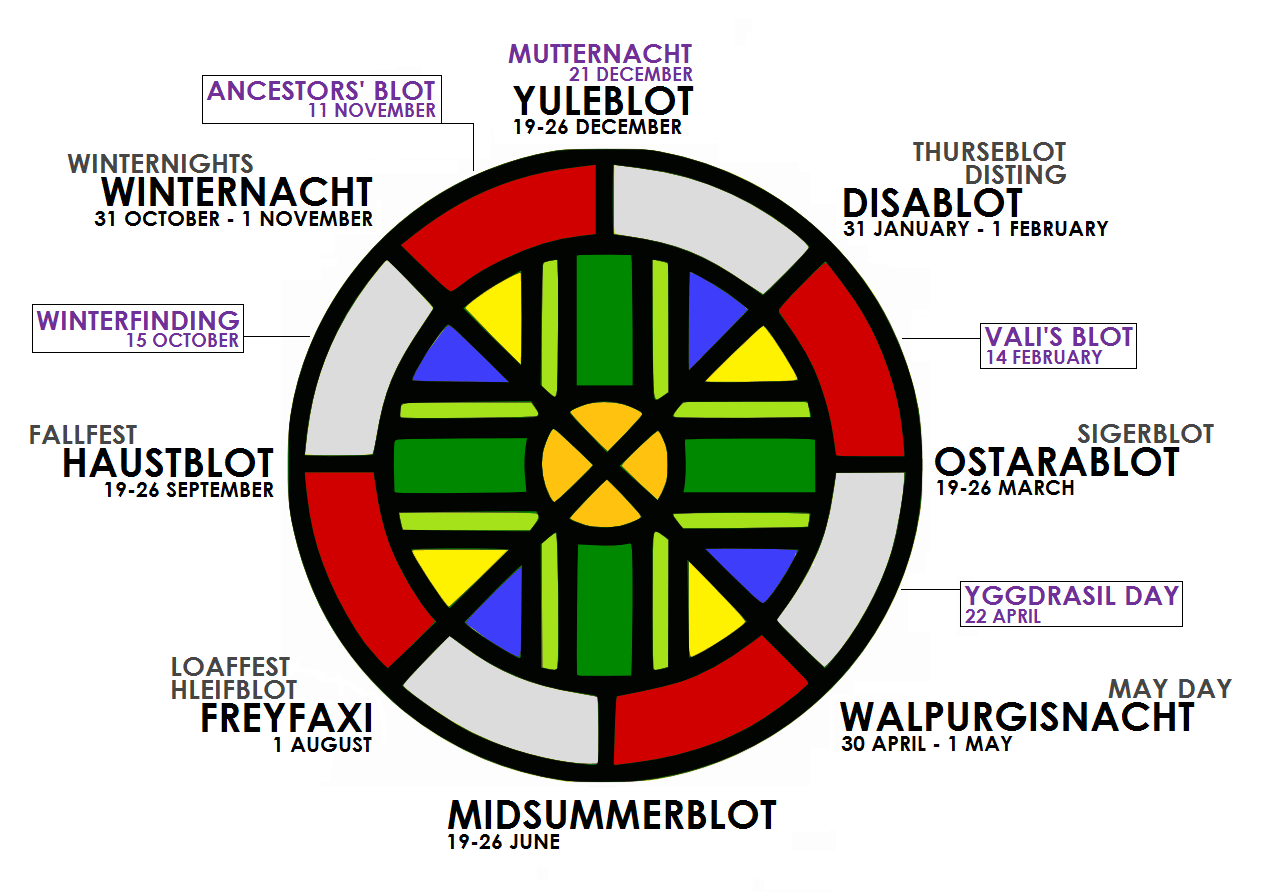Reference




OpenAI's Answer
Secular celebrations of religious holidays are often influenced by ancient pagan festivals. This influence can be seen in several customs and practices that have become part of modern holiday celebrations. Here are some insights into how pagan festivals have influenced these secular celebrations:
-
Christmas: Many elements of Christmas have roots in pagan traditions. For instance, the date of December 25th was likely chosen to coincide with pagan celebrations like Saturnalia, a Roman festival honoring the god Saturn, and the birthday of Mithra, a god associated with the sun. Additionally, the Christmas tree and Yule logs have pagan origins, symbolizing life and light during the dark winter months (Christianity.com).
-
Easter: Easter customs combine Christian observances with ancient traditions celebrating spring and fertility. Symbols like Easter eggs and bunnies are linked to pagan festivals that marked the vernal equinox with symbols of rebirth and new life (Medium).
-
Halloween: Halloween has deep pagan roots, particularly linked to the Celtic festival Samhain, which marked the end of the harvest season and the onset of winter. This festival involved wearing costumes and lighting bonfires to ward off spirits and is thought to have been adapted as All Saints' Day and All Souls' Day, contributing to the modern Halloween celebrations (TIME).
These examples highlight how religious holidays have been influenced by pagan festivals in various ways, leading to the secular traditions we see today.

Follow Up
Related
How is August 15 celebrated differently among Catholics, Anglicans, and Lutherans?
When is the birthday of the modern U.S. Army Signal Corps celebrated?
WHO IS JOSE RIZAL?
How many goals and assists did Ray Bourque score in the 1988-89 season?
What was the purpose of the Brighton Day celebration held in 1907?